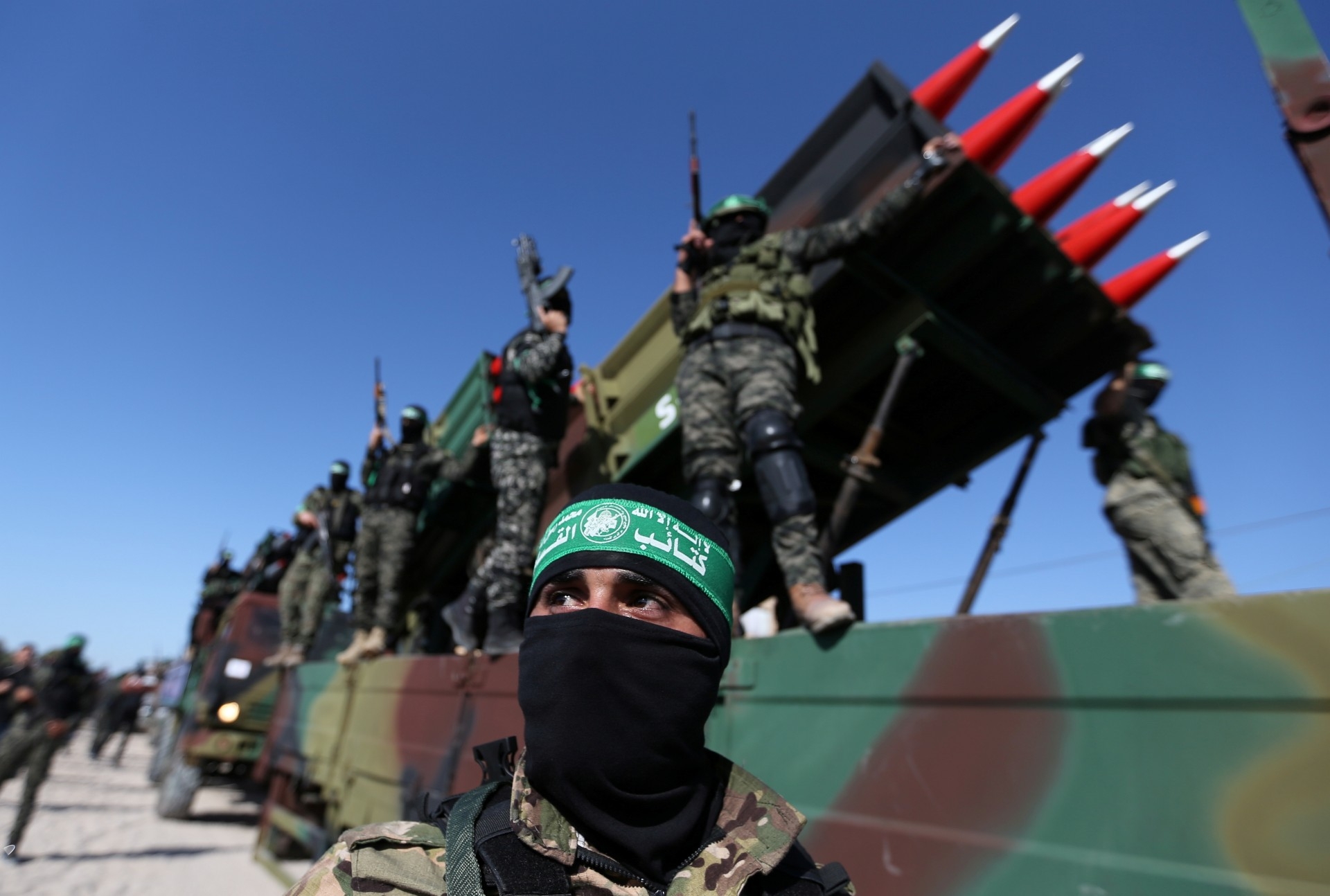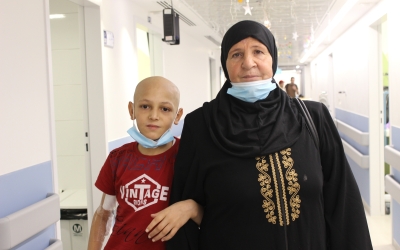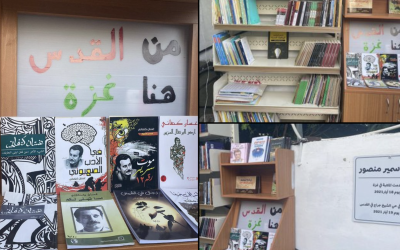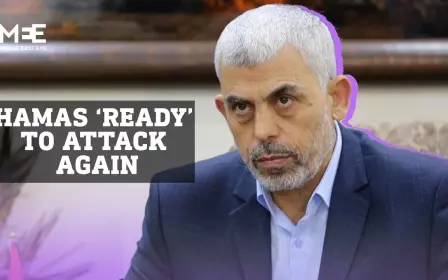Gaza: Israel and Hamas surprise each other with new military capabilities

A week after the Gaza war ended with a ceasefire, which is holding, both sides have declared victory. This is only natural, as the fourth conflict between Hamas and Israel resulted in a deadlock, more so than its three predecessors in 13 years.
What we saw was not only a military struggle, but also psychological warfare, one conducted in the media and on social networks and aimed at influencing public opinion both domestically and internationally.
Both sides tried not only to cause as much damage to the other side as possible, but also to persuade their own supporters that they emerged with the upper hand.
The physical results of the war, which lasted 11 days, can be quantified.
Hamas launched 4,360 rockets and mortar bombs against Israeli rural communities and cities, including Tel Aviv and its satellites. They killed 12 people - one Israeli soldier and 11 civilians, including women and a child.
Hamas forced nearly 25 percent of the Israeli populace to feel the taste of war and hide in shelters. Despite Israel’s military superiority, Hamas showed steadfastness and resilience to keep up the fighting. It also utilised its rocket arsenal impressively and wisely.
In retrospect, it turns out that Hamas upgraded its capacity to launch multiple barrages simultaneously and to confuse Iron Dome’s ability to detect and intercept, thereby penetrating Israel’s air defences. Indeed, among the many interceptions, rockets did occasionally explode in city centres, causing fatalities and damaging property.
Probably Hamas’s most important tactical success was its ability to accumulate, store and eventually launch rockets, despite the Israeli military and intelligence efforts to prevent it. Mossad, Israel’s foreign espionage agency, participated in some of the operations to thwart Hamas attempts.
On the strategic level, Hamas feels that the war enhanced its ambition to represent the Palestinian people
Mossad operatives assassinated Palestinian engineers who worked hard to develop these weapons in Tunisia and Malaysia.
Yet Hamas was not stopped. Some rockets were smuggled from Libya, through Egypt to the Sinai; some arrived from Iran by sea via Sudan. But the majority are locally produced. They are the “fruits of labour” of Hamas and Islamic Jihad engineers in Gaza, some of whom studied in institutions abroad, and are upgraded with aid and advice from Iran and Hezbollah.
On the strategic level, Hamas feels that the war enhanced its ambition to represent the Palestinian people as the guardians of Jerusalem and al-Aqsa Mosque and to increase its presence in the occupied West Bank at the expense of the weakened Palestinian Authority.
Israel strikes a blow
On the other side, the Israeli achievements are also clear and evident, despite Hamas’s efforts to minimize them. Hamas was taken by surprise by the efficiency of Israel’s military capabilities and the damage it caused. Officially, 250 Palestinians were killed, 40 percent of them children and women, though the real number is probably higher.
Even before the last round of violence, the Israeli army has made significant strides in the fight against Hamas. The Gaza group's naval capabilities and its “air force”, consisting of unmanned “suicide drones”, gliders and explosive-laden parachutes, have been weakened.
An even more significant blow was the construction of the deep underground and surface barriers, which also extend hundreds of metres beneath the sea. Both have neutralised Hamas fighters’ past attempts to secretly emerge from offensive tunnels into Israeli territory for the purpose of killing and abducting Israelis.
During the battle, Israel displayed its unmatched technological and intelligence superiority. Nearly 30 percent of Hamas’s 15,000 rockets were destroyed mid-air before reaching Israeli air space, or landed in open spaces. Only a small number of rockets and mortar bombs hit their targets.
Along with damaging and diminishing the rocket arsenal, an additional Israeli objective was to eliminate as many senior Hamas commanders as possible and damage what Israel has labelled the “Gaza Metro”, the group's labyrinth of underground tunnels and bunkers, which it has used for defence, hiding, covert movement and combat in the event of an Israeli invasion. It cost Hamas $1bn to construct.
According to Israeli intelligence, 30 percent of the 100 km “Metro” was destroyed. Israeli security officials told Middle East Eye that the destruction was a result of meticulous planning and preparation.
In recent years, the Israeli army and the domestic security service, Shin Bet, have tackled the tunnel network. They gathered information and enlisted the help of agents recruited in Gaza. From time to time, Hamas’s defectors provided maps and drawings of the tunnels. At the same time, the air force developed special bombs adapted to Gaza’s sandy terrain.
But Hamas leader Yahya Sinwar claimed in his “victory” speech that only 5 percent of the 500km of underground networks were damaged.
No military solution
Israeli military commanders expressed their concern that Hamas may resume the fighting because of its sense of being victorious.
But at the same time, other experts in Israel do not rule out the possibility that an ensuing ceasefire, mediated by Egyptian intelligence services, will be long lasting.
Israeli military commanders expressed their concern that Hamas may resume the fighting because of its sense of being victorious
The exhaustion of both sides, especially among the civilian populations, can produce a long-term solution. It depends on if Israel and Hamas leaders realise that there is no military solution to the conflict and that their mutual violence is futile and causes only misery to innocent people.
Hamas does not recognise the right of Israel to exist as an independent and sovereign state, but still, as Sinwar himself has said on numerous occasions, a long-term agreement is possible.
It must include a prisoner swap, the renovation of Gaza, including construction of a seaport, and at least partial demilitarisation of the besieged enclave.
Middle East Eye delivers independent and unrivalled coverage and analysis of the Middle East, North Africa and beyond. To learn more about republishing this content and the associated fees, please fill out this form. More about MEE can be found here.






